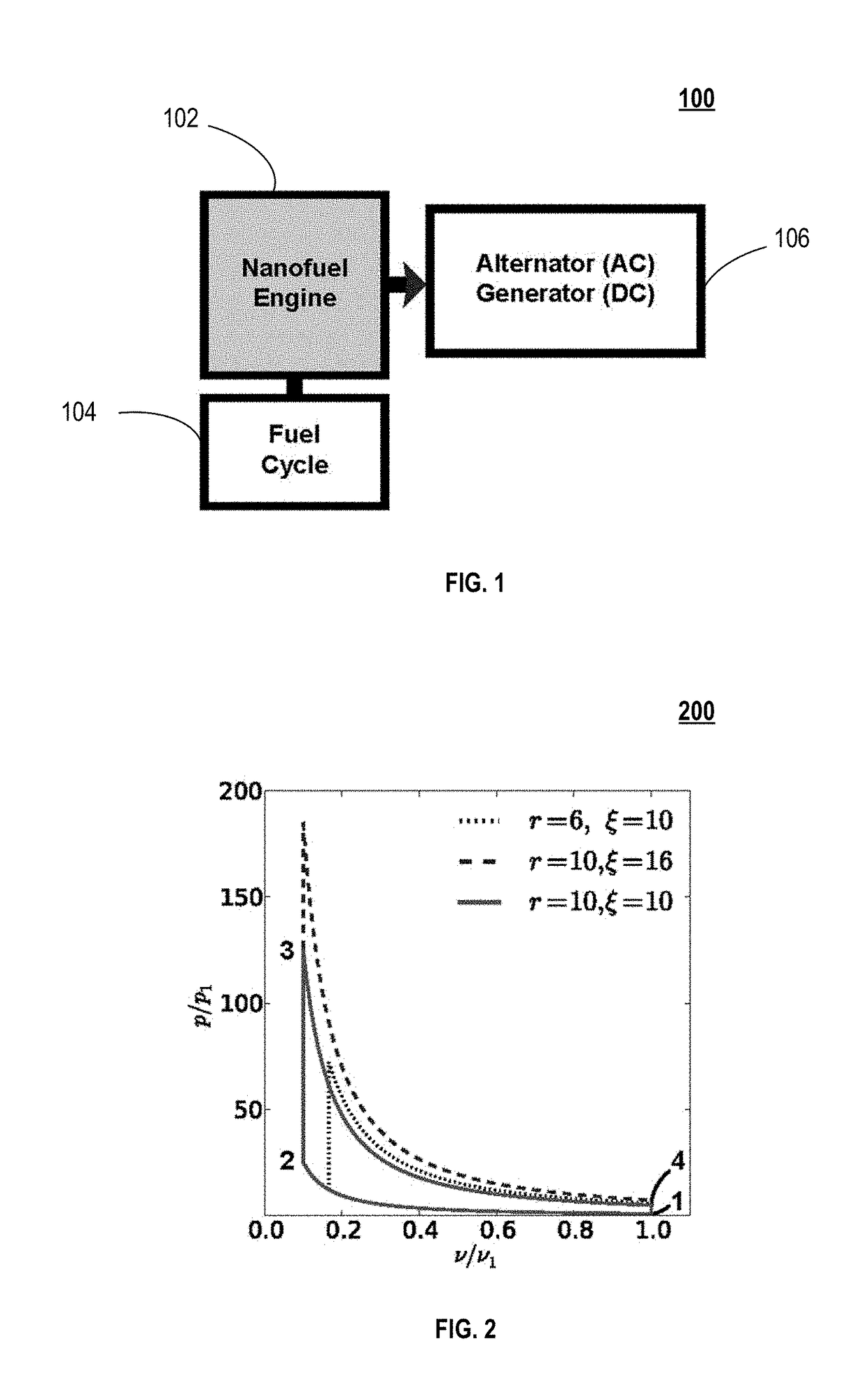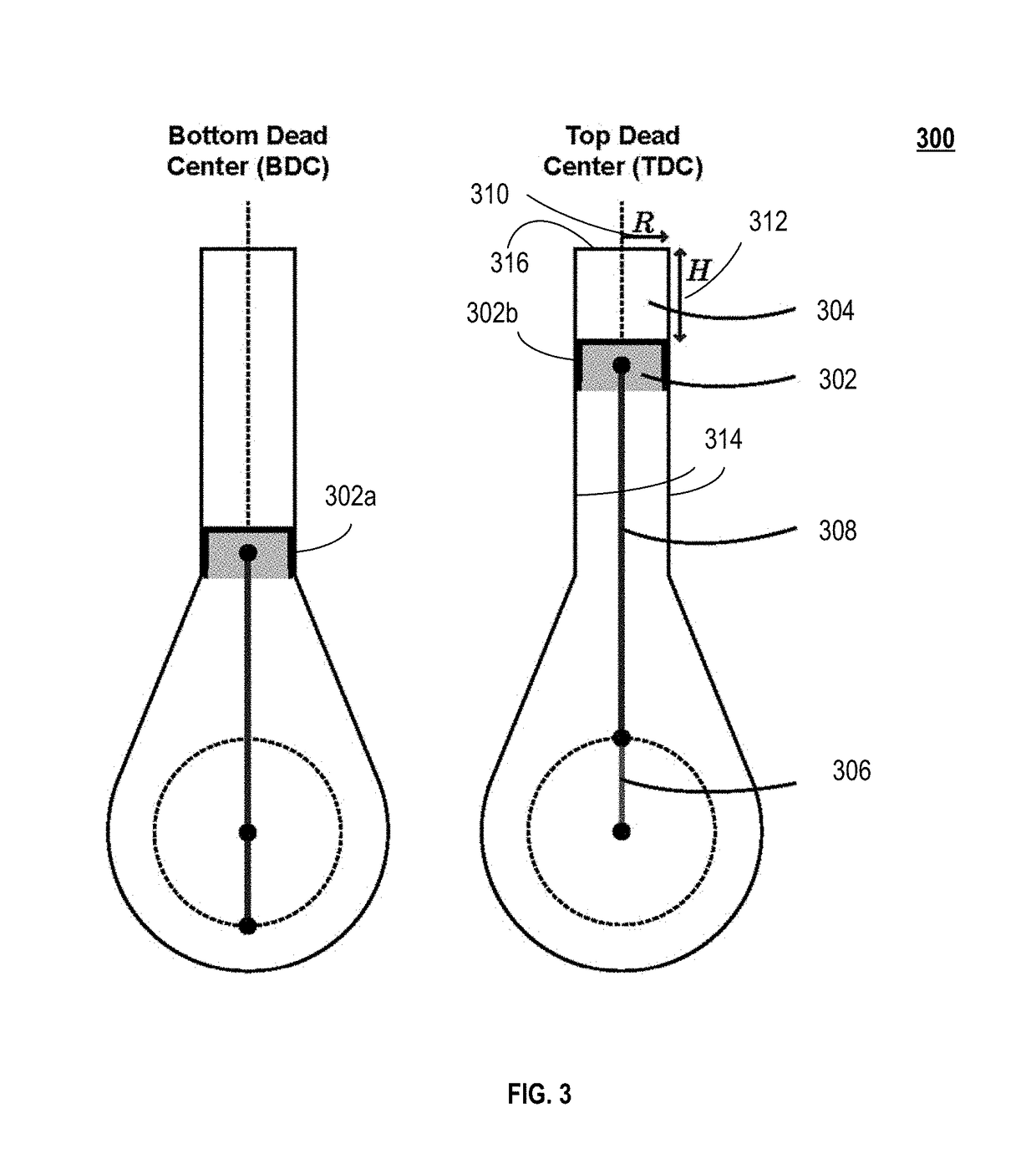Nuclear powered rotary internal engine apparatus
a technology of internal combustion engine and nuclear power, applied in the field of nanotechnology, can solve the problems of limited resources, current fossil fuel use rate rapidly decreasing supply, greenhouse gas known to have negative impact on the environment, etc., and achieve the effect of reducing neutron leakage and improving the performance of the internal combustion engin
- Summary
- Abstract
- Description
- Claims
- Application Information
AI Technical Summary
Benefits of technology
Problems solved by technology
Method used
Image
Examples
Embodiment Construction
[0009]Various exemplary embodiments of an apparatus, system, method and / or computer program product for providing a nanofuel-based exemplary nanofuel engine apparatus and exemplary power generation systems, according to various exemplary apparatuses, and methods are set forth in detail herein, below.
[0010]According to an exemplary embodiment, an exemplary nanofuel engine apparatus may include an internal combustion engine adapted to receive a nanofuel that releases nuclear energy; and receive the nanofuel internal to the internal combustion engine.
[0011]According to an exemplary embodiment, the nanofuel engine apparatus may include where the nanofuel may include a moderator, a molecule with dimensions on a nanometer scale, and a molecular mixture.
[0012]According to an exemplary embodiment, the nanofuel engine apparatus may include where the internal combustion engine may further include a reflector.
[0013]According to an exemplary embodiment, the nanofuel engine apparatus may include...
PUM
 Login to view more
Login to view more Abstract
Description
Claims
Application Information
 Login to view more
Login to view more - R&D Engineer
- R&D Manager
- IP Professional
- Industry Leading Data Capabilities
- Powerful AI technology
- Patent DNA Extraction
Browse by: Latest US Patents, China's latest patents, Technical Efficacy Thesaurus, Application Domain, Technology Topic.
© 2024 PatSnap. All rights reserved.Legal|Privacy policy|Modern Slavery Act Transparency Statement|Sitemap



